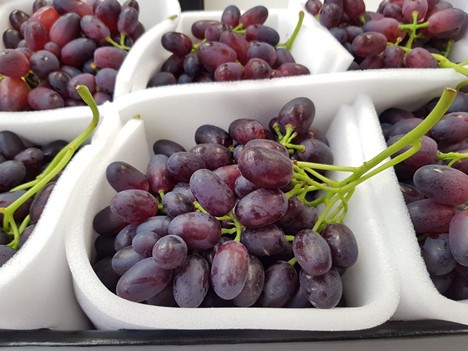Celebrating the 27th Annual Calaveras Grape Stomp – the Oldest & Largest in California.
[Murphys, CA, September 30, 2020—] On September 27th Stomp Teams from across California competed in the first of its kind, “Virtual Grape Stomp:Backyard Edition” during pandemic. The event took place online using Zoom Webinar from 11:00-3:30 with an Awards Ceremony at 4:30. Stomp Kits were picked up at the Wine Info Center in Murphys, CA and included a half wine barrel bucket, 25 pounds of Syrah grapes from event sponsor, Aloria Vineyards, Measuring Supplies, Tasting Passes & Surprises. Teams decorated their backyards, got costumes ready, practiced mad stomping skills and tested smartphones or tablets to join the Zoom Online Event. This year’s event was also a tribute to the late Steve Collum, lead Vineyard Manager in Calaveras Wine Country and owner of Vineyard Concepts. “Steve was a significant part of the Calaveras Wine Region and brought an innovative approach to vineyard management as he also designed his own vineyard cover – sun blocking solution”, comments Sandra Hess, Executive Director of the Calaveras Winegrape Alliance. “Steve helped many of our winery and growers members achieve their goals and this year’s Grape Sponsor, Aloria Vineyards received their sustainable vineyard certification thanks to Steve. He will always be remembered for his generous heart and care for this wine community”.
 About the Calaveras Grape Stomp:
About the Calaveras Grape Stomp:
This annual celebration of harvest in the Calaveras Wine Region usually takes place the first Saturday of October at Murphys Community Park where all of the Grape Stomp festivities happen including the Grape Stomp Auction and Costume Contest. Long-standing event MC, Doug Brown warms up the teams and crowd with his spirited commentary while his wife Joey oversees the auction tables and welcomes visitors. The Calaveras Winegrape Alliance sells wine by the glass and bottles as well as the annual event T-Shirt. The Feeney Park group hosts the Gold Rush Street Faire the same day and about 5000 people join this spirited event. In its 27th year, the event needed to go on, pandemic or not so the Calaveras Winegrape Alliance team took a unique approach by providing an online version called the “Backyard Edition”.
How did the Virtual Grape Stomp Competition Work?
Teams of two met up on Zoom at their assigned heat time to stomp away for 3 minutes. They had another 2 minutes to extract as much group as possible from barrels into the measuring bucket provided. Teams were judged based on Skill, Style and Spirit. Sandra Hess, Executive Director of the Calaveras Winegrape Alliance invited Morgan Gace, CEO of the Calaveras Chamber of Commerce to help MC and judge the event. “We had a ball hosting the event online and chatting it up with such spirited stomp teams using Zoom event,” explains Hess. “The Calaveras Wine Region has been built by so many with prospecting and innovative spirits. We took a different approach to make this annual tradition happen and the community came alongside to see it through! Not only did we see many of our past stomp teams but also welcomed first-time stompers this year.” Video recordings of the virtual stomp and awards ceremony can be found on the Calaveras Winegrape Alliance Facebook page.
About the Fundraising Event:
Event sponsor representatives from Bear Valley, Aloria Vineyards and Gold Electric welcomed stomp teams before each heat. The Grape Stomp Silent Auction went online this year and stompers had first access to the auction items this past Friday. Today, the auction opened up to the public HERE and runs through October 6th. This annual fundraising event benefits the CWA High School Scholarship Program, Parks and Community Organizations. “We hope to meet our commitments to many again this year even though we had to move away from the park and go online,” Hess explains. “We are grateful for the support of our business community and the auction page has incredible items including golf outings, river rafting, private winemaker tastings & tours, snow play adventures, a casino stay & play package, wine packs, gift baskets and gift certificates”.
Who Won Top Honors in the Virtual Stomp Competition?
The Top 10 teams took home trophies, bragging rights and prizes. The competition was fierce this year as 35 stomp teams brought their best stomping skills. The top 3 teams in the “Skills” category (amount of juice collected) were:
- Crushing It – 3:00 Heat – 5.8 Liters
- Grape & Grain – 11:00 Heat – 5.75 Liters
- Twin 2 Zin – 3:00 Heat – 5.25 Liters
In addition to the Skills category, teams received a maximum score of 10 points for the Spirit Category and 10 points for the Style Category. We saw teams create artwork and custom backdrops for their backyards and one team even wrote their own song for the Virtual Grape Stomp! Winery teams from Ironstone, Newsome Harlow, Brice Station, and Tanner Vineyards brought their pro stomping tips and for some it as a family affair as father and son team Scott and Sebastian Klann, “Newsome Harlow Degens” were joined by Scott’s daughter Sydney and her boyfriend Jason, “Ten by Ten Hicks” who sported Daisy Duke shorts. Returning champions, “The Mucker Truckers” created a float at their home to encourage honking as viewers passed by. “Team Tanner Vineyards” brought a “circular stomping pattern” to this year’s competition, taking high scores in the Style category.
DRUM ROLL PLEASE….. The awards were presented to the following teams in each category:
- 1st Place – Grape & Grain
- 2nd Place – Crushing It
- 3rd Place – Mucker Truckers
- Finalist – Camp-bernet Counselors
- Finalist – Wino Women
- Finalist – Calaveras Crushers
- Finalist – Stomp Wars: Rise of Vader
- Finalist – Vino Las Vegas
- Finalist – Twin to Zin
- Finalist – Team Tanner Vineyards
About the Calaveras Winegrape Alliance:
Established in 1989, The Calaveras Winegrape Alliance (CWA) is a non-profit organization, dedicated to increasing the awareness of all wines produced in Calaveras County and/or produced from Calaveras grapes. CWA represents Calaveras County families – making some of the most exciting wines in California’s historic Sierra Foothills region. Annual CWA hosted events include the Vineyard Tour, Presidents’ Wine Weekend, Calaveras Grape Stomp and Fair Wine Pavilion exhibits and tastings.
The Link LonkSeptember 30, 2020 at 08:43PM
https://ift.tt/3cJpzjX
2020 Virtual Grape Stomp Is a Wrap! 10 Teams Take Top Honors & Auction Opens - wineindustryadvisor.com
https://ift.tt/3eO3jWb
Grape


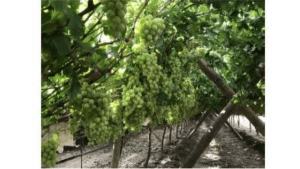
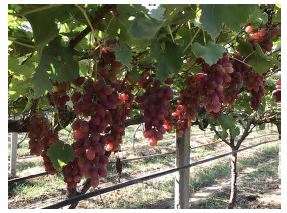 As published in PMA’s Organic Produce Update on July 2, 2020, during the 12 weeks ending 5/17/20 organic grapes were up 125.3% in 2020 compared to the same time frame in 2019. Also, organic grape sales had the highest volume growth, outperforming any top 10 organic fruit or vegetable.
As published in PMA’s Organic Produce Update on July 2, 2020, during the 12 weeks ending 5/17/20 organic grapes were up 125.3% in 2020 compared to the same time frame in 2019. Also, organic grape sales had the highest volume growth, outperforming any top 10 organic fruit or vegetable.

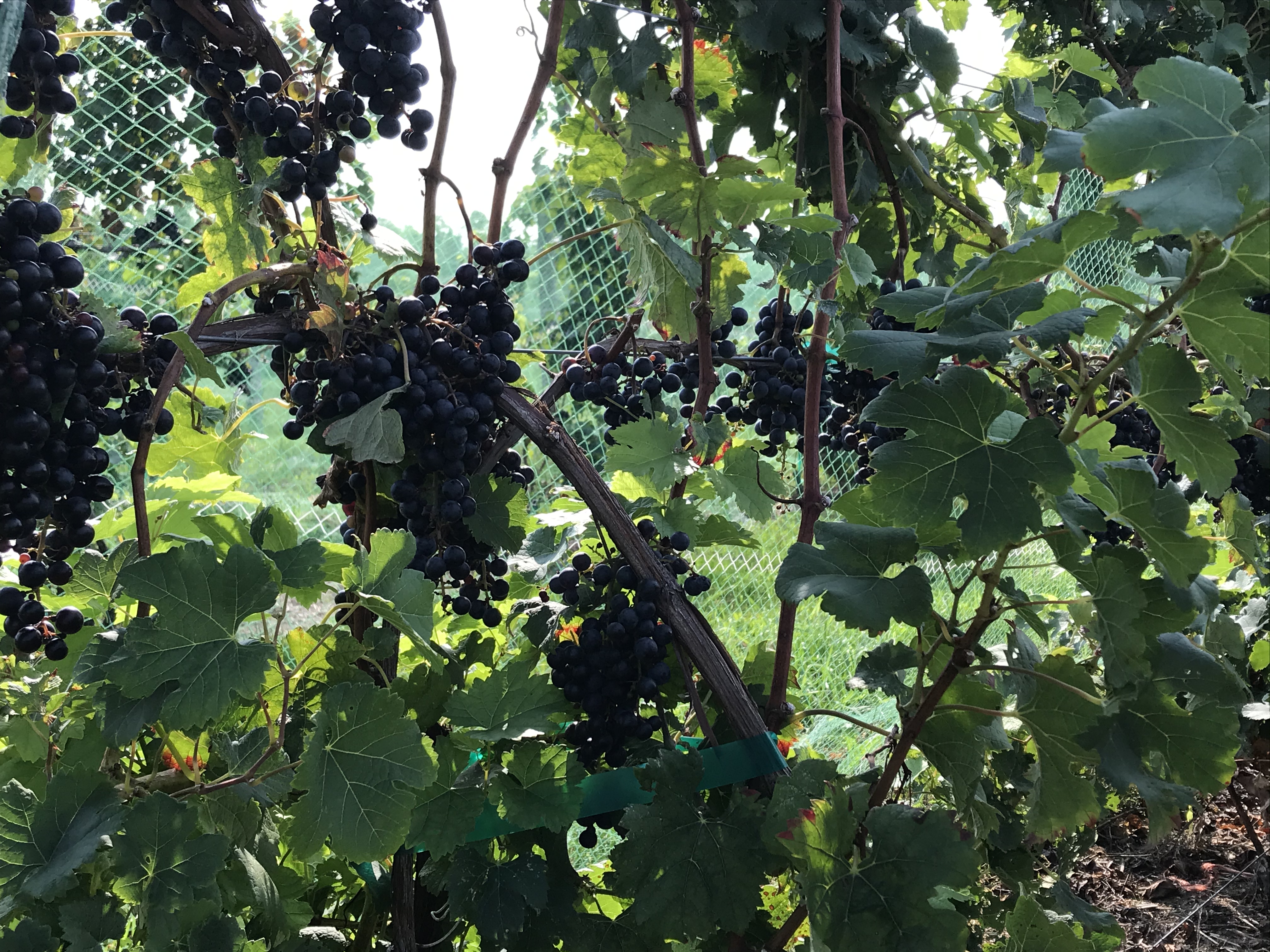


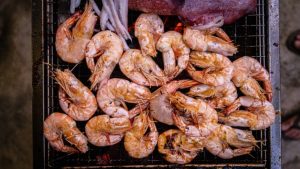


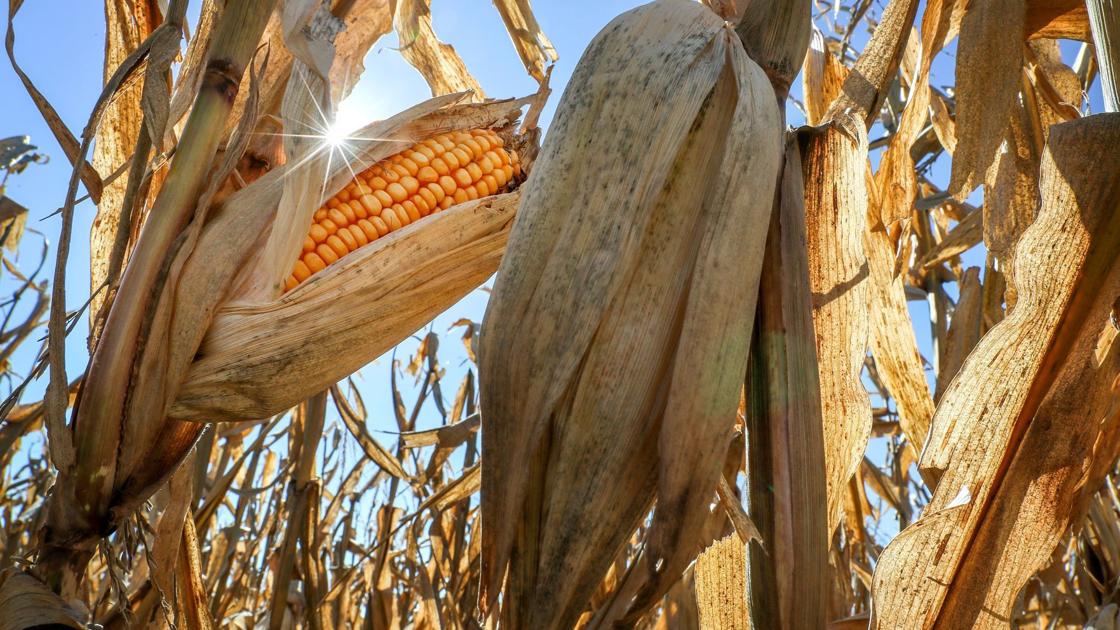
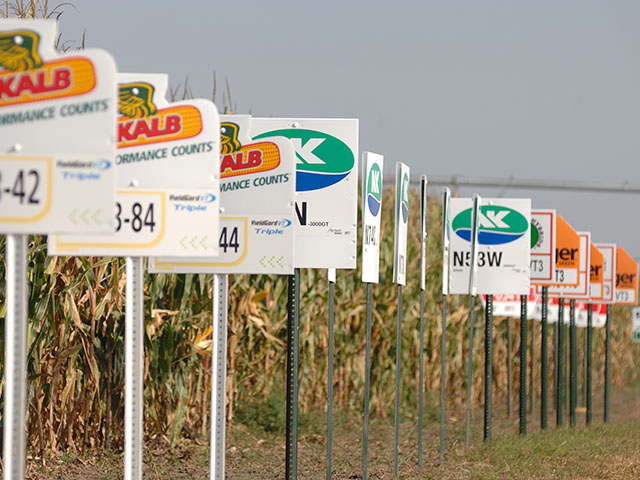
 moment after the marketing of July and August. We have successfully passed the varietal changeover period between late August and early September; we now need supply and demand to match up, so as to create volume and added value." This was the comment of Massimiliano Del Core (photo on the side), president of the Italian Board Grapes Commission.
moment after the marketing of July and August. We have successfully passed the varietal changeover period between late August and early September; we now need supply and demand to match up, so as to create volume and added value." This was the comment of Massimiliano Del Core (photo on the side), president of the Italian Board Grapes Commission.